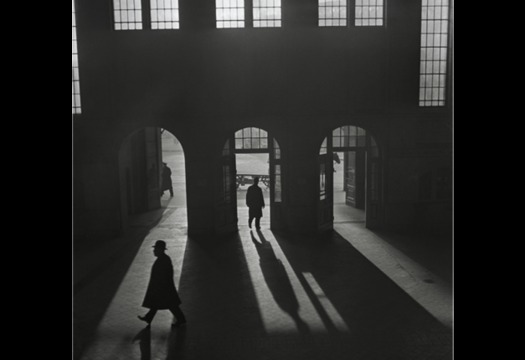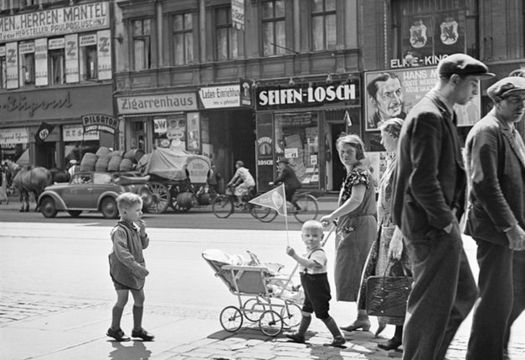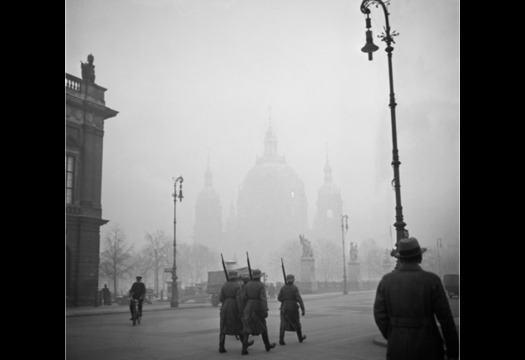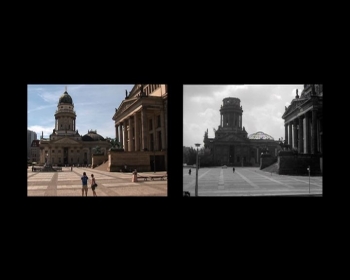
Roman Vishniac is not a household name, but it probably should be. As a new retrospective at the International Center of Photography, curated by Maya Benton, makes plainly evident, Vishniac was one of the more versatile photographers of the twentieth century, and the breath of his accomplishment and legacy is only now beginning to come clear. He is best known, today, for his photographs of impoverished shtetl and ghetto Jews, taken primarily in Germany, Poland, and Russia during the 1930s, and published in the postwar years in the landmark book, A Vanished World.

As Benton demonstrates, these images were commissioned by Jewish relief organizations, and the fact that they came to represent Jewish life in Eastern Europe as a whole during that period is somewhat deceptive. In fact, Vishniac himself captured a wide range of Jewish experience — his own family was quite well off — his images giving not just a window onto the lost world of the most impoverished cases, but the urban bourgeoisie.

Benton posits Vishniac as not only an underappreciated master but also a modernist of great range, his images at times exhibiting the expressionism of 1920s German cinema; the formal experimentations of Russian constructivism and the Bauhaus; and the "decisive moment" street style of Cartier Bresson — probably closest to his natural idiom. I left the show feeling he was more of a majestically gifted dilettante than a true avant-gardist, but the argument is academic and pretty much irrelevant. What matters is his photographs, and they are extraodinary. If anything, his greatest achievement in terms of style is his work in color photomicroscopy, photographs taken through a microscope. Vishniac was a pioneer of the field, his work bringing a vibrant lushness to the world of science.

Along somewhat similar lines, I heartily recommend the new exhibition at P! gallery, "Permutation 03.2: Re-Place" (yes, I know), which features the 2005 Amie Siegel project/film "Berlin Remake." Here, two films are played side-by-side, the first being a montage of scenes shot in Berlin culled from vintage East German films, the second reproducing those scenes — right down to the camera movements — in the exact same places, but in 2005. The continuties and discontinuties between the two create a strange and eerie disjunction.
—@marklamster
